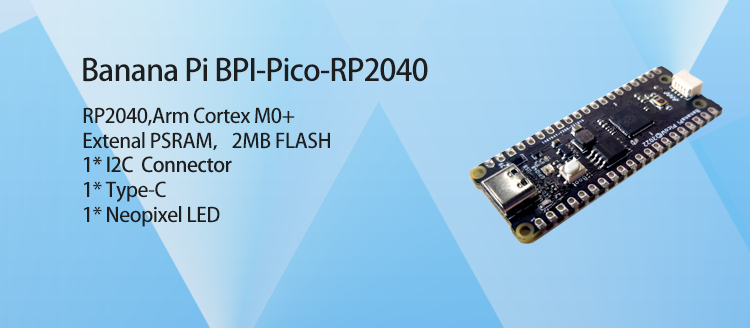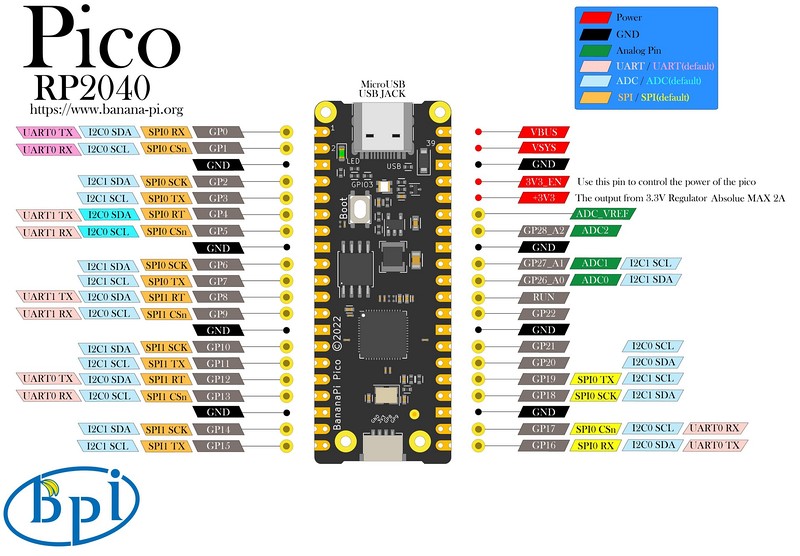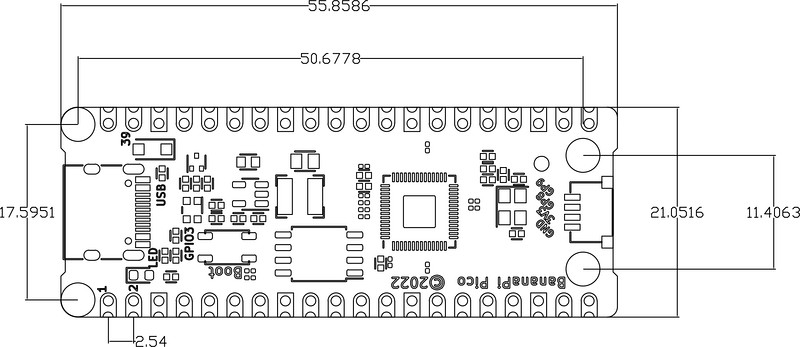BPI-Pico-RP2040
Contents
Introduction
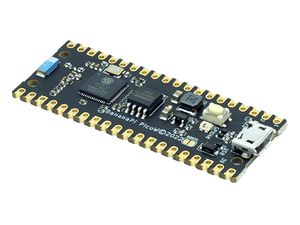
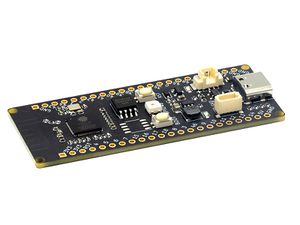
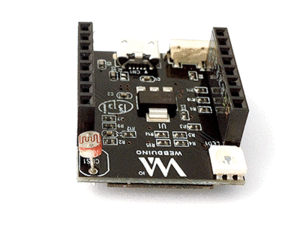
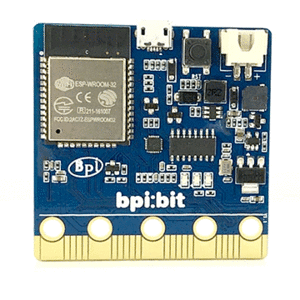
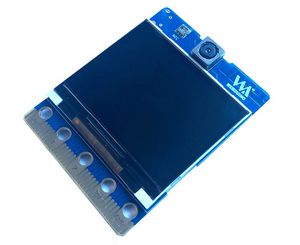
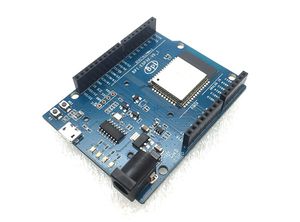
The Banana Pi Pico series is a low-power microcontroller development board designed for the Internet of Things.
BPI-Pico-RP2040 is a microcontroller development board launched by Banana Pi equipped with RP2040 chip. Its most notable feature is to add a Onboard WS2812 color LED; replace the 3-Pin DEBUG interface with a JST SH 1mm 4-Pin socket, which can be connected with Qwiic & STEMMA QT or any possible peripherals; replace the micro-USB socket with a USB Type-C socket , supports reversible insertion, and is compatible with the USB Type-C cable of most modern smartphones, no additional purchase is required.
key features
- Dual-core ARM Cortex M0+ CPU cores (up to 133 MHz)
- 264K SRAM
- 2MB Flash
- 26 available GPIO pins, 4 of which support ADC analog input
- 1 x LED
- 1 x WS2812 LED
- 1 × JST SH 1mm 4-Pin socket
- 1 × USB Type-C socket
Hardware
Hardware interface
Hardware Size
| BPI-PicoW-S3 size chart | |
|---|---|
| Pin spacing | 2.54mm |
| Mounting hole spacing | 17.6mm/ 11.4mm |
| Mounting hole size | Inner diameter 2.1mm/outer diameter 3.4mm |
| Mainboard size | 11.4 × 55.8(mm) |
| Thickness | 1.2mm |
The pin spacing is compatible with universal boards (hole boards, dot matrix boards) and breadboards, which is convenient for debugging applications.
